
Fineline |
Mar 25 , 2023
By Willem H. Buiter
As a lender of last resort and market maker of last resort, the central bank must be ready to discharge its financial-stability responsibilities should illiquidity, bank runs, or other market failures pose a systemic threat, writes Willem H. Buiter, a former chief economist at Citibank, in this commentary provided by Project Syndicate (PS).
When market liquidity or funding liquidity crisis occurs at a moment when inflation is above-target, the tension between the objectives of central banks – price stability and financial stability – is inevitable. In such cases, I believe that financial stability must come first because it is a precondition for the effective pursuit of price stability.
But this does not mean that the central bank should cease or suspend its anti-inflationary policies when threatened with a banking crisis or similar systemic stability risk. The conflict between the objectives of price stability and financial stability should be manageable by using the central bank's policy rate to target inflation and by using the size and composition of its balance sheet as a macroprudential policy tool to target financial stability.
Credible communication is essential to achieve both objectives.
Financial stability in a large advanced economy is not materially impacted by a 50-basis-point increase in the risk-free short nominal rate of interest. It is impacted by the interrelated liquidity and credit risk premia and the vanishing would-be purchasers and lenders in illiquid financial markets – when credit rationing rules the roost. The Bank of England (BoE) got this right last year when, during a period of monetary-policy tightening brought on by then-Prime Minister Liz Truss's incoherent policies, it temporarily purchased long-dated UK government bonds and postponed quantitative tightening through Asset Purchase Facility gilt sales.
The asset purchases lasted from September 28 until October 14 to counter material dysfunctionality in the longer-dated gilt markets. At its first Monetary Policy Committee meeting following the purchases on November 3, the BoE signalled its continued commitment to the inflation target by raising the policy rate by 75bps, from 2.25pc to three percent. Two further 50bps rate hikes followed on December 15 and February 2. The prudential nature of its temporary asset purchases would have been even clearer if they had been sterilized.
The European Central Bank also got it right this month when it raised its policy rates by 50bps, despite the financial kerfuffle that had blown over from the United States following the insolvency of Silicon Valley Bank (SVB). Headline Harmonized Index of Consumer Prices (HICP) inflation in February was 8.5pc, with the core HICP inflation rate (which strips out volatile energy and food prices) at 5.6pc. The ECB addressed the financial-stability concerns by stating that its "policy toolkit is fully equipped to provide liquidity support to the euro area financial system if needed and to preserve the smooth transmission of monetary policy."
Moreover, "the Transmission Protection Instrument is available to counter unwarranted, disorderly market dynamics that pose a serious threat to the transmission of monetary policy across all euro area countries."
What will the Federal Reserve do at its upcoming meeting?
I believe that the financial stability concerns following the demise of SVB and Signature Bank were addressed effectively by ensuring that all deposits in these two badly managed institutions would be made whole. De facto, this means that all deposits in US banks are henceforth insured. This no doubt contributes to moral hazard because incompetent or reckless bank management will not be punished through a loss of informed depositors. But it is the unavoidable price of ruling out the systemic threat posed by bank runs.
Moral hazard was contained by letting the banks go bust and exposing the shareholders and unsecured creditors (and presumably even secured creditors if the losses are large enough) to whatever the banks' mismanagement cost.
But this prudential response was not optimal because the new Bank Term Funding Program created by the Fed, which offers one-year loans to banks with the collateral valued at par, should have been made available only on penalty terms. With market value well below par for many eligible debt instruments, the lender of last resort has become the lender of first resort – offering materially subsidized loans. The same anomaly (valuing collateral at par) now applies to loans at the discount window.
At the end of last year, US banks had about 620 billion dollars of unrealized losses on securities they planned to hold to maturity. Raising the policy rate will most likely further depress the market value of long-duration securities. So be it. We do not know how much of this duration risk was hedged by the banks (and who the counterparties to such hedging are). But we do know that bank losses (in orderly markets) due to mistaken investment decisions are part of the healthy Darwinian mechanism that sustains a market economy, as is the orderly resolution of bankrupt institutions.
As a lender of last resort and market maker of last resort, the central bank must be ready to discharge its financial-stability responsibilities should illiquidity, bank runs, or other market failures pose a systemic threat.
With core personal-consumption-expenditures inflation still at 4.7pc in January, the Fed should raise its policy rate target zone by 50bps at its upcoming meeting. But I fear it may stop at 25bps, owing to an erroneous concern about the financial stability implications of a larger rate hike. Financial stability in the US is best served in the short run by the Fed standing ready to intervene as lender and market maker of last resort. In the medium and long run, the original Dodd-Frank regulations, repealed for small and medium-sized banks in 2018, should be reimposed. Perhaps limits on banks' proprietary investment activities should be restored – or maybe fractional reserve banking should be abandoned altogether.
More assertive and competent supervision would not hurt, either.
PUBLISHED ON
Mar 25,2023 [ VOL
23 , NO
1195]


Radar | Apr 19,2025

Radar | Sep 22,2024
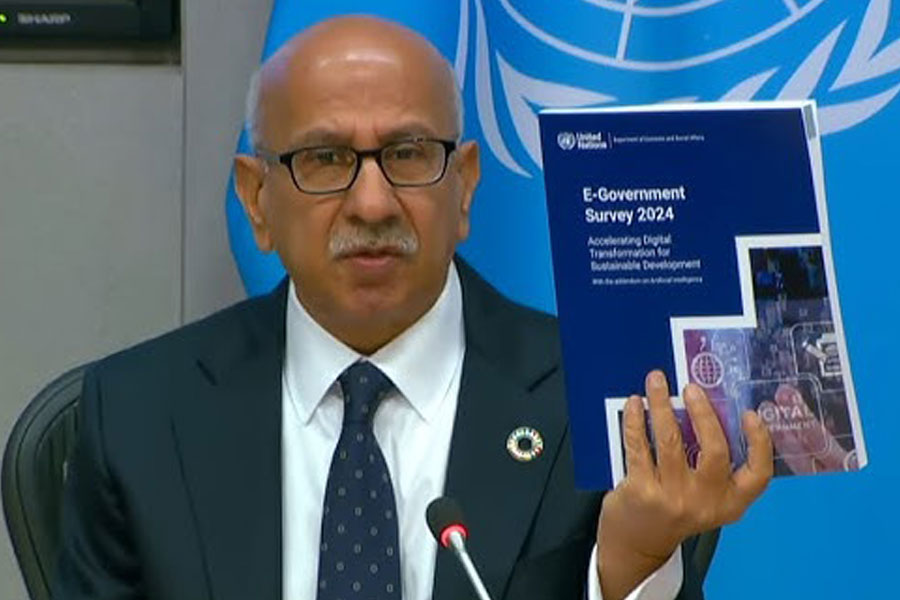
Fortune News | Sep 28,2024

Fortune News | Nov 09,2019
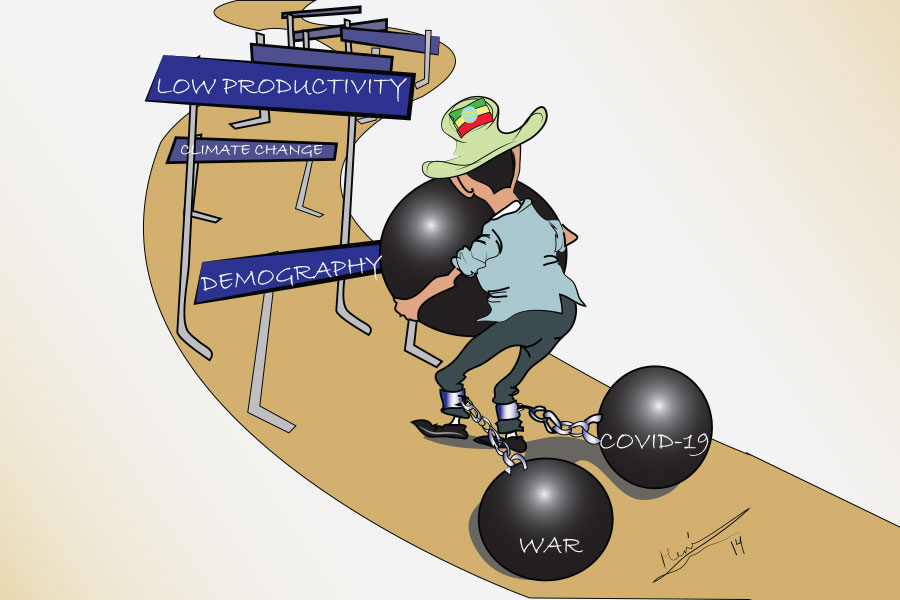
Editorial | Sep 26,2021

Photo Gallery | 156463 Views | May 06,2019

Photo Gallery | 146754 Views | Apr 26,2019

Photo Gallery | 135275 Views | Oct 06,2021

My Opinion | 135243 Views | Aug 14,2021

Dec 22 , 2024 . By TIZITA SHEWAFERAW
Charged with transforming colossal state-owned enterprises into modern and competitiv...

Aug 18 , 2024 . By AKSAH ITALO
Although predictable Yonas Zerihun's job in the ride-hailing service is not immune to...

Jul 28 , 2024 . By TIZITA SHEWAFERAW
Unhabitual, perhaps too many, Samuel Gebreyohannes, 38, used to occasionally enjoy a couple of beers at breakfast. However, he recently swit...

Jul 13 , 2024 . By AKSAH ITALO
Investors who rely on tractors, trucks, and field vehicles for commuting, transporting commodities, and f...

Sep 13 , 2025
At its launch in Nairobi two years ago, the Africa Climate Summit was billed as the f...

Sep 6 , 2025
The dawn of a new year is more than a simple turning of the calendar. It is a moment...
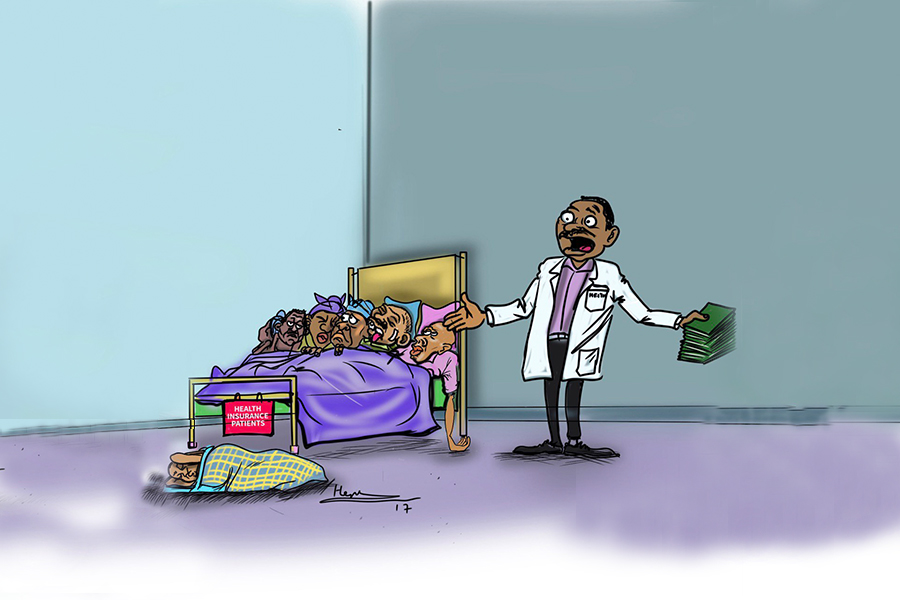
Aug 30 , 2025
For Germans, Otto von Bismarck is first remembered as the architect of a unified nati...

Aug 23 , 2025
Banks have a new obsession. After decades chasing deposits and, more recently, digita...
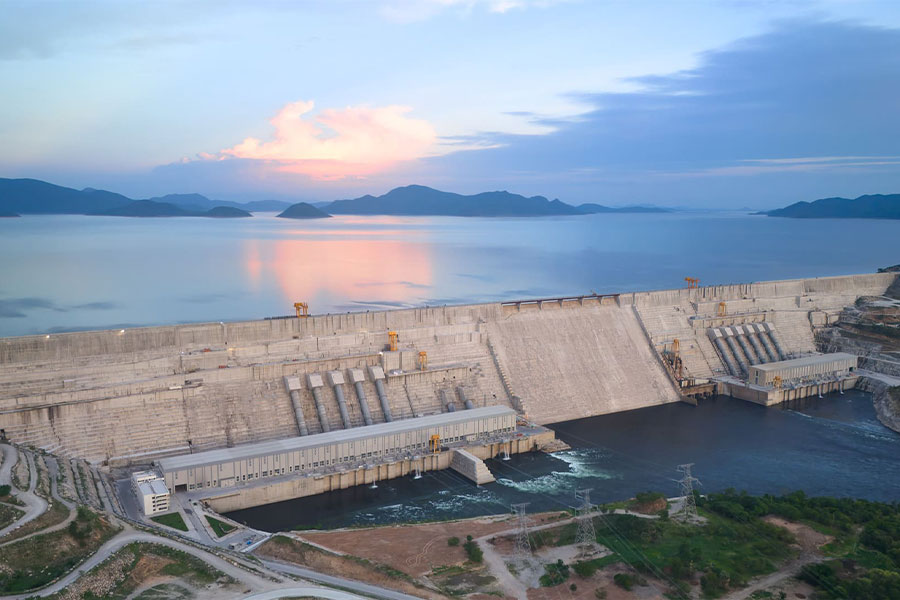
Sep 15 , 2025 . By AMANUEL BEKELE
The Grand Ethiopian Renaissance Dam (GERD), Africa's largest hydroelectric power proj...
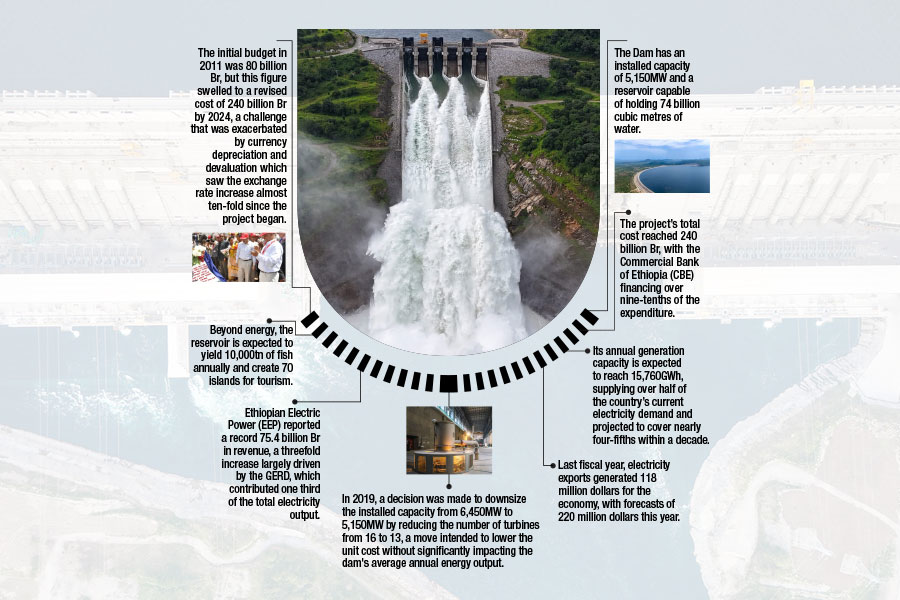
Sep 13 , 2025
The initial budget in 2011 was 80 billion Br, but this figure swelled to a revised cost of 240 billion Br by 2024, a challenge that was exac...

Banks are facing growing pressure to make sustainability central to their operations as regulators and in...

Sep 15 , 2025 . By YITBAREK GETACHEW
The Addis Abeba City Cabinet has enacted a landmark reform to its long-contentious setback regulations, a...